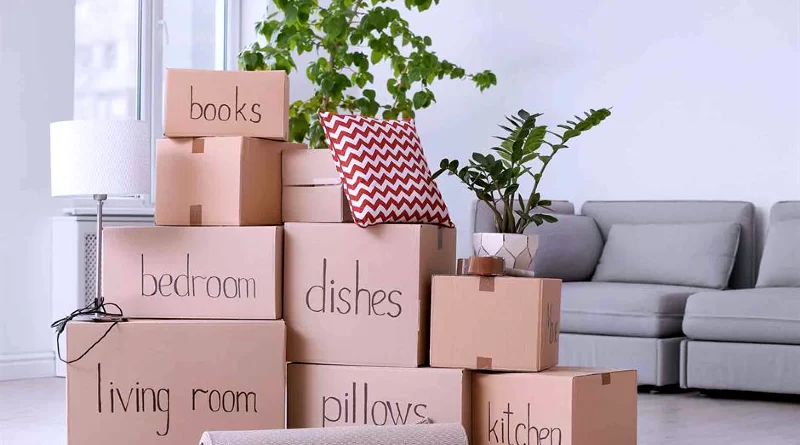How to Pack for a Move: Tips and Tricks
Moving to a new apartment is usually associated with pleasant emotions and joyful expectations, although the process itself may seem like a difficult ordeal. You will be surprised, but for you moving can become comfortable and carefree. All you need to do is to make the right preparations and find professional packing services to which you can transfer almost all the worries associated with the move. All you have to do is enjoy the changes.
Packing items before moving to a new apartment is a responsible business. How well you prepare your property for transportation depends on its safety. Usually, there is not enough time for packing. We recommend starting preparations 2 weeks in advance, and our life hacks on how to pack when moving will help you pack everything you need quickly and neatly!
Stock up on packing materials in advance.
The first thing to start preparing for the move is the choice of packaging materials. The universal type of packaging is cardboard boxes. It is better to choose boxes of two sizes – medium and large, the first ones are used for packing books, dishes, and other small items, and the second ones are used for clothes and bed linen. Experience shows that boxes made of three-layer corrugated cardboard do an excellent job and do not deform at the slightest load.
You will also need stretch, bubble wrap, and wrapping paper. To fix boxes and films, stock up on tape. Plastic bags are not the best packaging option, as they often tear, so it is better to minimize their quantity or choose denser ones.
Hang clothes on hangers in wardrobe boxes.
Dresses, suits, fur coats, and coats can be transported directly on hangers in special wardrobe boxes. This will save time – after all, you do not have to iron the clothes again after transportation! An average of 7-10 items of clothing are placed in one wardrobe box. Another life hack is that until the closet is assembled in the new house, these boxes are convenient to use for the temporary storage of clothes.
Put clothes from the shelves in the closet, as well as light but voluminous items – pillows, soft toys, blankets – put them in large boxes.
Wrap the dishes in paper.
Use wrapping paper and bubble wrap to pack dishes. Wrap glasses and cups in paper and carefully pack them in small boxes. Place the plates on top of each other, also wrapping them in paper. It is better to place plates at the bottom of the box and put more fragile glasses and cups on top. Pack dishes tightly so that items do not dangle. If voids form, fill them with wrapping paper.
Figurines, vases, and other fragile items of non-standard shape are best packed in bubble wrap and then secured with tape.
Control the weight of the boxes.
Place books, household chemicals, and other heavy items in small boxes without overloading them. Make sure that the weight of one box is no more than 10-15 kg. Otherwise, it will be difficult for one person to lift it, and when stacked on top of each other, they may be deformed. We advise you to pack liquid detergents separately from other items in case of leakage.
Sign the boxes and make a list.
In the process of packing, we advise you to sign the boxes. Indicate the room from which you collect items (“bedroom”, “nursery”), a piece of furniture (“wardrobe”, “chest of drawers”), as well as their type (“dishes”, “bedding”). If the family is large, you can make signatures – “mom”, “dad”, etc. For clarity, it is convenient to use different colors of markers or adhesive tape, marking the boxes with them depending on the accessory or room. This will help you quickly sort everything out in a new place.
We advise you to make the inscription “fragile” on boxes with utensils and other fragile items and indicate the top of the box. It is better to put them in the car on the very top, without turning over.
Simple rules will save items from damage and save time on packing and unpacking. First, books, linen, and clothes are laid, then dishes and fragile items. Furniture and household appliances are packed last.

